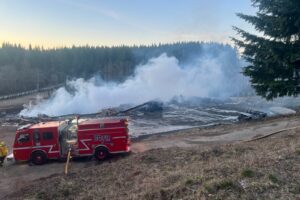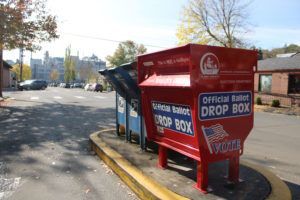Caught between a state-mandated 1-percent cap on annual property tax increases and rapidly increasing costs, leaders in the East County Fire and Rescue (ECFR) District have decided to ask voters to approve a fire levy lid lift in the November general election.
“We have worked very hard to live within our means,” ECFR Deputy Fire Chief Mike Carnes said. “We’ve squeezed until we can’t squeeze anymore.”





